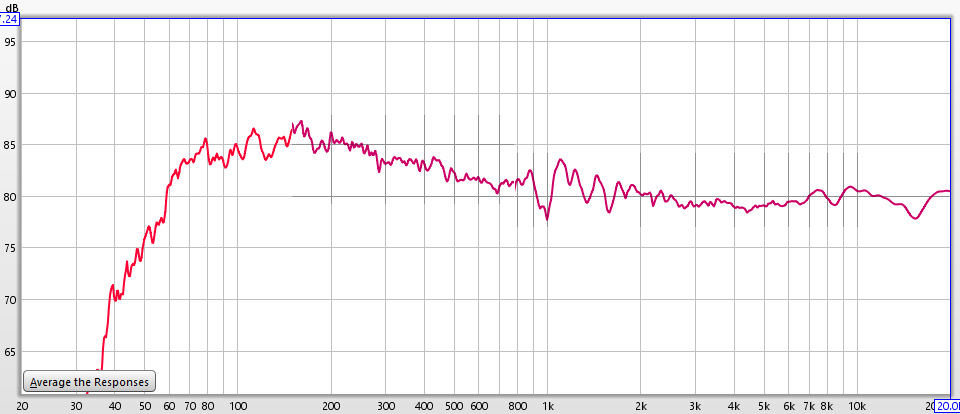I don't have an ability to remeasure with Klippel and EQ. If you mean in-room, a lot of these differences get lost in room measurements so much harder to verify there.
So what is the latest EQ/convolution you want me to try with this speaker? And 305P MK II? Can't keep track of the back and forth.
Thanks Amir, in all the back and forth did you notice the EQed 305P MK II went in Preference rating score from 4,49 to 7,3 and ha ha can't stop think that is M2 territory and it would be nice if could find the time and report how the convolution filter attached below sounds, can't know how better precision Klippel analyzes got down the road but in original review was of the first few feel you shall use the zip-folder with the mic calibration and mic cage fix, each zip-folder have rates support for 44,1/48/88,2/96/176,4/192kHz.
Animation of 4,49 score to 7,3:
Allow me add some pratical notes to hinder user mistakes for test process and what i think can be important for testing such small speaker that have limits, set dip switches on back panel of 305P to same as was set in objective Klippel analyze, in many track materials can be mastered to be most natural at 86dB SPL it could probably be good policy test EQed 305P nearfield and use SPL-instrument to calibrate avarage SPL at actual nearfield listening position to that 86dB number and use mono in test plus listening axis should be around tweeter height
Should covolution filter sound bit interesting enough and in speaker is small and roll steep of 7th order 48Hz maybe add below high shelve filter and step it up and down per 0,5dB to reach some better or varmer subjective quality
Maybe add this PEQ to tame the vertical spacing of woofer and tweeter or to improve room sound in farfield
Thanks and no problem if test is not executed, and if test is run hope its fun enough and look forward hear where we are.
Attachments
Last edited:











